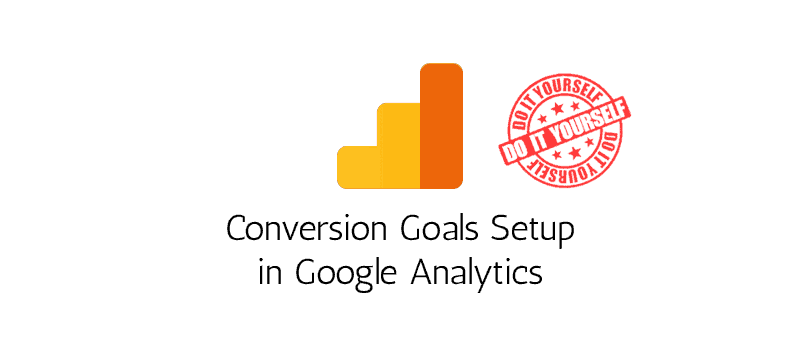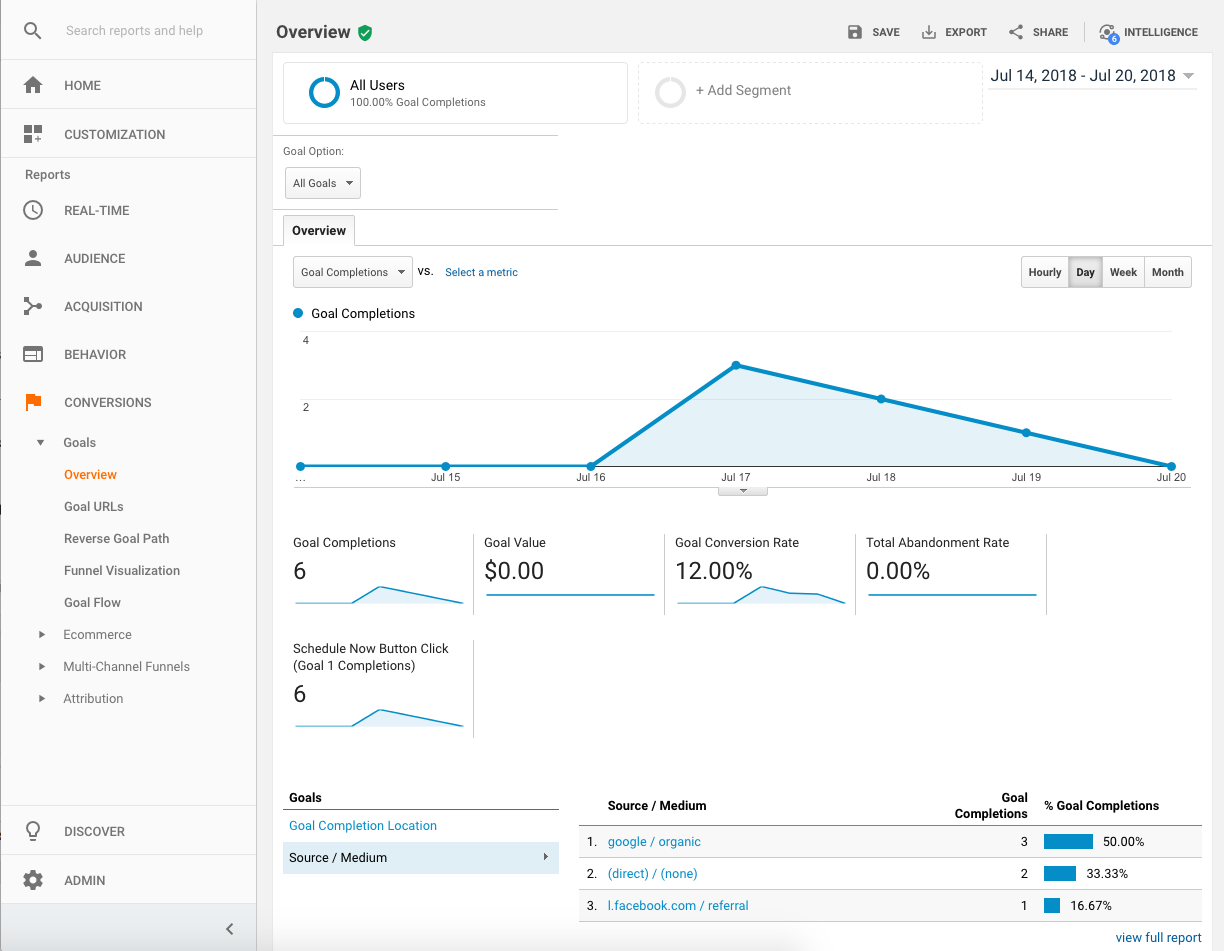Recognizing What Data Is Google Analytics Goals Unable to Track
Recognizing What Data Is Google Analytics Goals Unable to Track
Blog Article
Unveiling the Blind Destinations: Understanding What Google Analytics Goals Can not Gauge
In the realm of digital analytics, Google Analytics stands as a powerful tool for tracking and analyzing on-line customer interactions. Comprehending what Google Analytics goals can not measure is crucial for obtaining an extensive view of customer actions and interaction.
Individual Actions on External Operatings Systems
Comprehending how individuals engage on exterior systems is essential for maximizing on the internet methods. Exterior systems, such as social networks networks, reference web sites, and on the internet discussion forums, play a substantial function in driving web traffic to a business's internet site. By assessing customer actions on these systems, companies can acquire useful understandings into the effectiveness of their advertising efforts and the preferences of their target market.
One trick aspect of user behavior on outside platforms is the referral resource. By tracking where the individuals are coming from, services can identify which platforms are driving one of the most traffic to their site. This info can aid business assign their resources better, concentrating on the systems that produce the very best outcomes.

Offline Communications and conversions
Evaluating customer behavior on outside systems offers beneficial insights into on-line approaches; nevertheless, thinking about offline conversions and interactions is similarly crucial for a detailed understanding of a business's total efficiency. Offline conversions, such as in-store acquisitions or phone inquiries, play a substantial role in lots of services' success.

Attribution Beyond Last Click
When delving right into the realm of digital marketing analytics, it ends up being crucial to look past the solitary touchpoint of the last click for a more extensive understanding of attribution. While Google Analytics gives beneficial understandings into user behavior, counting solely on last-click acknowledgment can be limiting - what data is google analytics goals unable to track. Attribution versions that exceed the last click provide a more nuanced sight of the customer trip, thinking about all the touchpoints that cause a conversion
Acknowledgment past the last click enables marketing experts to designate credit history to different interactions along the conversion path, giving a clearer image of the efficiency of different advertising networks. By discovering multi-touch attribution models such as direct, time degeneration, or position-based acknowledgment, businesses can much better designate their marketing budgets and maximize their techniques for optimal influence.
Understanding the influence Get the facts of each touchpoint in the conversion procedure is important for making informed choices and making the most of ROI. By embracing acknowledgment beyond the last click, businesses can obtain deeper insights right into consumer habits and customize their advertising and marketing initiatives better.
Cross-Device and Cross-Browser Monitoring

In a similar way, cross-browser tracking enhances cross-device monitoring by catching user habits as they switch over in between different internet browsers. Comprehending exactly how users communicate with hop over to here sites on different web browsers can assist marketers enhance their online experiences to ensure uniformity and performance across various platforms.
Qualitative Information and Customer Intent
Recognizing individual intent through qualitative data like this analysis is vital for creating targeted digital advertising and marketing methods that reverberate with the requirements and preferences of the target audience. Qualitative data offers insights into the 'why' behind customer activities, clarifying motivations, feelings, and preferences that quantitative information alone can not record. By assessing individual comments, comments, and communications, marketing professionals can reveal useful information about individual intent, enabling them to tailor their messaging, material, and offerings to better align with what their target market is looking for.
Qualitative information also helps in comprehending the context in which individuals involve with an internet site or application. This contextual understanding makes it possible for marketing experts to develop even more appropriate and individualized experiences, inevitably driving higher involvement and conversion prices. By delving right into customer intent via qualitative information analysis, services can acquire a deeper understanding of their target market, causing extra reliable marketing methods that meet users' needs and assumptions.
Verdict
To conclude, Google Analytics goals have constraints in measuring individual habits on exterior platforms, offline conversions, acknowledgment past last click, cross-browser and cross-device monitoring, and qualitative information associated to user intent. what data is google analytics goals unable to track. It is essential for businesses to be familiar with these blind areas in order to supplement their information analysis with various other devices and techniques to acquire a much more detailed understanding of their target market and improve their overall electronic advertising and marketing strategies
By assessing individual behavior on these systems, businesses can get beneficial understandings into the efficiency of their advertising and marketing initiatives and the preferences of their target audience.
Analyzing user behavior on outside platforms supplies important understandings right into online methods; nonetheless, taking into consideration offline conversions and interactions is similarly critical for an extensive understanding of a company's general efficiency.In digital advertising analytics, relocating past last-click acknowledgment to explore cross-device and cross-browser tracking is vital for acquiring an alternative understanding of user communications across numerous systems and tools. By examining individual feedback, remarks, and interactions, marketing experts can discover important info about customer intent, permitting them to tailor their messaging, material, and offerings to much better straighten with what their audience is seeking.
By diving into user intent with qualitative information evaluation, organizations can acquire a deeper understanding of their target audience, leading to extra efficient advertising and marketing methods that fulfill users' assumptions and requirements.
Report this page